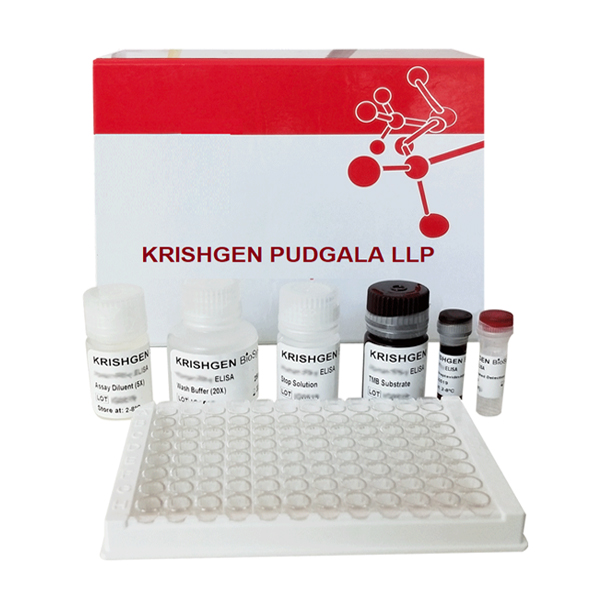Introduction: Progesterone is a female sex hormone which, in conjunction with estrogens, regulates the accessory organs during the menstrual cycle and it is particularly important in preparing the endometrium for the implantation of the blastocyte and in maintaining pregnancy.
In non-pregnant women progesterone is mainly secreted by the corpus luteum whereas in pregnancy the placenta becomes the major source. Minor sources are the adrenal cortex for both sexes and the testes for males. Progesterone circulates in blood mainly bound to corticosteroid binding globulin (CBG), sex hormone binding globulin (SHBG) and albumin. Only 2 – 10 % of the total concentration circulates as free hormone. Blood progesterone concentrations vary widely according to the phases of menstrual cycle. The maximal levels are achieved 4 – 7 days after ovulation and remain elevated for 4 – 6 additional days prior to falling to the preovulatory levels 24 hours before the onset of menstruation.
Since the rise and fall of progesterone parallel the activity of ovarian follicle and corpus luteum, measurements of serum progesterone are clinically used to confirm ovulation and normal function of the corpus luteum in non-pregnant women. If ovulation does not occur the corpus luteum is not formed and no cyclical rise of progesterone in blood is observed.
Abnormal progesterone secretion has been implicated in premenstrual tension, irregular shedding of endometrium, dysmenorrhoea, and luteal insufficiency. Progesterone concentration can vary not only from subject to subject but also in the same person from day to day or even from hour to hour. Consequently, in gynecological disorders or abnormal pregnancies serial measurements rather than single ones are recommended for a proper interpretation of results. During pregnancy progesterone is widely produced by placenta.
SKU: KBD306
Progesterone GENLISA™ ELISA
| Pack Size | ELISA 96 wells |
|---|




